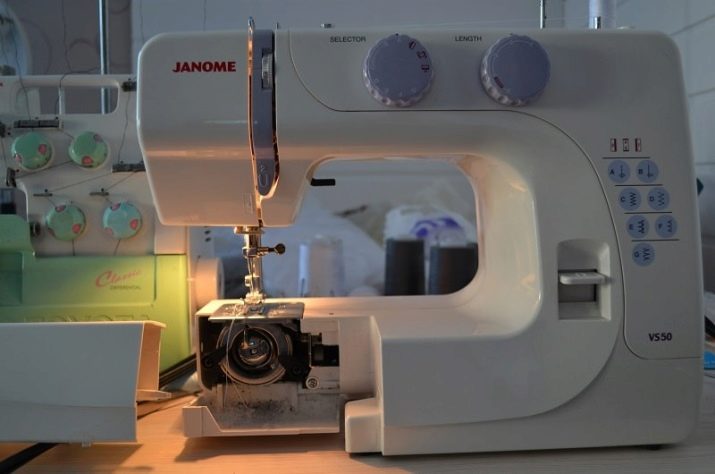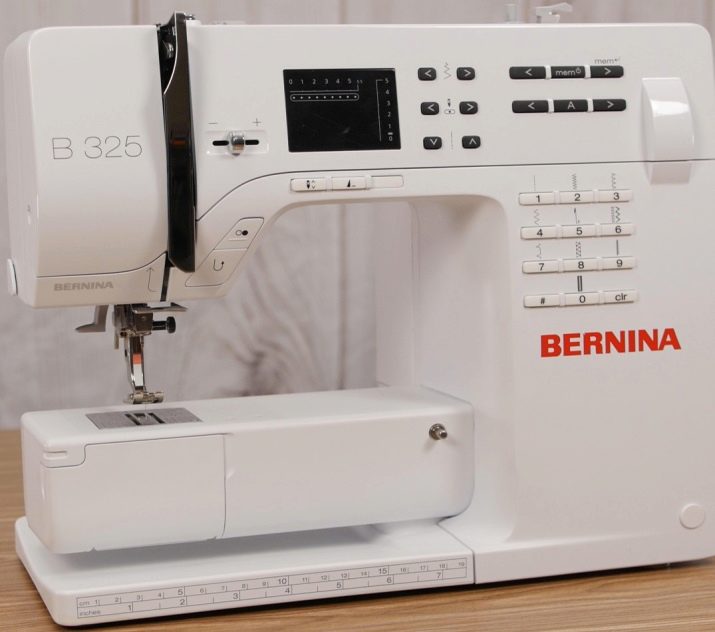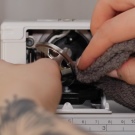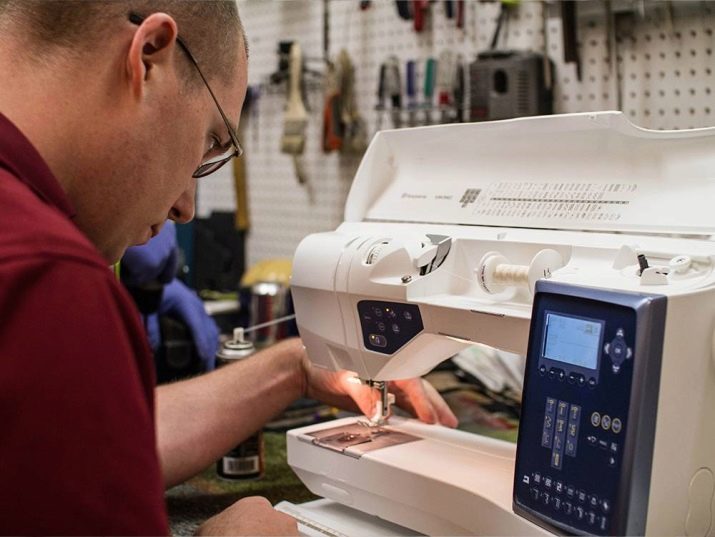How do I clean my sewing machine?

The sewing machine is a sensitive household appliance. A slight malfunction in the functioning of its parts can cause malfunction or damage to the unit. For this reason, it is the responsibility of each owner of this device to maintain and maintain it. How do I clean my sewing machine?
Features of operation
If during the use of the sewing machine malfunctions were noticed, namely skipping stitches, lack of work with fine thread, deformation of the fabric, then it's time to carry out a technical inspection of the unit. Proper care of this type of device includes timely cleaning, as well as the good quality of the lubricant. Subject to these conditions, the user can count on the continuous and uninterrupted operation of the equipment.

During operation, a large amount of dust can collect on top of the shuttle and around the engine. Debris also contaminates the rest of the sewing machine. For this reason the owner should wipe the mechanism free of dust. Also don't forget cleaning the lubrication holes. When the sewing unit is not in use and is idle for a long time, it must be covered with a cap or cover.

Cleaning
The most common cause of a sewing machine breakdown is clogging of its internal mechanism. If contamination is ignored, the mechanism can jam. In this case, wiping down the cover and the unit regulator with a rag is not enough. The user will have to remove all lint, thread particles, pieces of material from all internal elements of the equipment.
The procedure does not imply anything complicated, therefore it is advisable to carry out it every time after sewing. If the technique is rarely used, then its care can be carried out twice for 6 months. Working with knitted, fur, woolen products more contaminates the details with villi clogging the mechanism.

Step-by-step procedure for cleaning the sewing machine:
- turning off the unit from the mains, removing the needle for safety;
- unscrewing the needle plate, disassembling the shuttle according to the instructions;
- cleaning the niche under the throat plate from dust;
- cleaning the shuttle, as well as the bobbin case;
- elimination of wound threads, tissue pieces using tweezers;
- using the blunt end of a needle to remove dusty clumps in the corners.






Clean the sewing machine with a dry cloth only.
Rust can develop inside the mechanism if a wet cloth is used. Dust is best removed with a brush. In this case, for working with complex details, for example, with a shuttle, it is better to use a soft brush. Failure to clean the machine can cause malfunction of the mechanism that is responsible for the movement of materials.
Also, contaminated equipment is an additional load on the drive, which entails a lot of problems and malfunctions. In order to rarely clean the machine, it should be kept in a case, so it will be difficult for dust to get inside the unit. For extra safety in the niche under the needle (under the foot), it is recommended to use a thick thick fabric to cover the needle hole.

Grease
People who do not use the sewing attachment all the time can lubricate it once every 6 months. Modern types of equipment need this procedure for preventive purposes, namely, to increase the service life and more streamlined work. This care intervention can provide the following:
- no need for frequent repairs of the machine;
- noiseless functioning;
- smoothness and ease of movement of each of the moving parts of the unit;
- high quality products;
- ease of setup and adjustment.

The basic principles of sewing machine lubrication are as follows.
- It is necessary to lubricate the unit only after thorough cleaning, which includes not only the elimination of dust and debris, but also rust, obsolete oil from the internal parts. The latter are removed with a dry cloth and lifting the plastic cover.
- It is worth carrying out this procedure, strictly following the instructions for the purchased sewing device. It indicates how to lubricate the structure - by hand or by dropping oil into a special hole.
- Only specially formulated machine oil should be used to lubricate the sewing machine. It is worth purchasing the substance in the store.
- After lubricating the elements inside the device, it is worth turning the flywheel towards yourself twice, this contributes to a good distribution of the substance along the insides of the unit. It is better not to use the machine right away, as the processed material may get dirty. According to the advice of professionals, it is worth equipping a kind of oil pipeline from a material through which excess substance will drain.
It is periodically necessary to lubricate the regulators of the sewing machine, since their metal base begins to rotate badly over time and rusts.




Professional advice
To make the cleaning and lubrication of the sewing machine as efficient as possible, it is worth listening to the following recommendations:
- do not lubricate the equipment without preliminary cleaning, as dirt and dust in a sticky form can cause serious damage;
- do not get out of the felt and felt the gaskets that they have;
- more thoroughly clean the area under the plate - the material conveyor;
- eliminate excess oil;
- do not use automotive oil or vegetable oil for the sewing machine.

Despite the ease of maintenance of the sewing machine, it is periodically recommended to send it to a service center for professional diagnostics. In the same place, craftsmen will be able to replace parts that have worn out and adjust the technique. Taking care of your sewing machine is essential from the first days after purchasing it. Before using the equipment or repairing it, you should carefully read the instructions.
Users should not assume that a new machine can run for over a year without maintenance.

If the machine has been idle for a long time, then you should not start sewing without cleaning and lubricating.
It is best to store this type of equipment in a dry room that is regularly ventilated. Owners of sewing devices should remember that proper care of them contributes to comfort during work and a long period of use. In addition to cleaning and lubricating the sewing machine, you must not forget about regularly changing needles, correctly threading the threads, and also being careful in your work.

You can watch the video for how to clean and lubricate your sewing machine.








